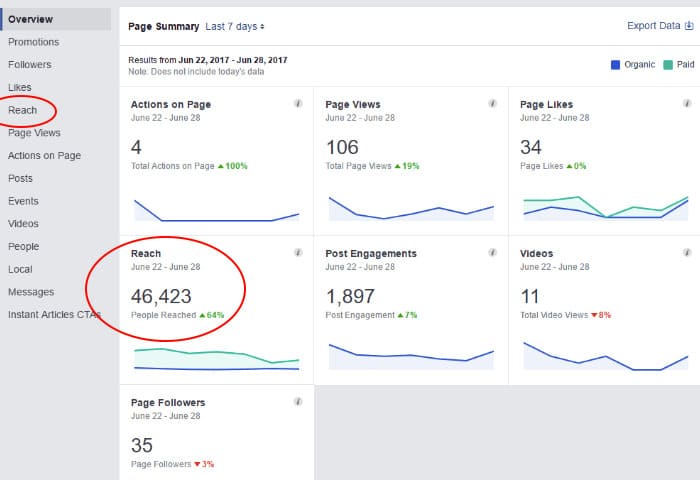Simple Strategies for Staying Private and Protecting Information
By John Fisher (assisted by AI)
Every day, our online activity creates a digital footprint—searches, clicks, likes, and even the apps we download. While these actions might seem harmless, they’re often collected, analyzed, and sold by companies through a process known as data mining. This practice can lead to invasive advertising, profiling, and even identity theft. The good news? You don’t have to be a tech genius to protect your privacy. With a few intentional steps, you can shield your personal data from unwanted eyes. Here’s how.
Adjust Privacy Settings
Many apps and websites are designed to collect as much information as possible. That’s why adjusting your privacy settings should be your first step. Platforms like Facebook, Google, and Instagram offer privacy controls that allow you to limit data collection and ad personalization. According to Digital Guardian (2024), restricting these settings significantly reduces the flow of your data to third parties. Take five minutes to review privacy options every time you download a new app or sign up for a service—it’s worth it.
Use Strong Passwords
One of the easiest ways to secure your personal information is by using strong, unique passwords. Passwords that include a mix of uppercase letters, lowercase letters, numbers, and symbols are harder for hackers to crack. Consumer Notice (n.d.) recommends changing your passwords regularly and avoiding repeats across multiple sites. A password manager can help you keep track of them all securely—convenient and safe.
Enable Two-Factor Authentication (2FA)
Two-Factor Authentication adds a second layer of security by requiring a code sent to your phone or email after you enter your password. It’s a simple and highly effective way to prevent unauthorized access—even if someone gets your password. Most social media, banking, and email platforms offer 2FA. As Consumer Notice (n.d.) points out, this extra layer can stop cybercriminals from accessing sensitive data.
Be Cautious with Personal Information
Oversharing online makes you an easy target for data miners. Avoid posting personal details like your full birthdate, home address, or financial information on public platforms. Beware of online quizzes and surveys—they often collect more data than they seem to need. According to Digital Guardian (2024), minimizing what you share online is one of the most effective ways to reduce your data footprint.
Use Privacy-Focused Tools
Tech can be your best friend when it comes to digital privacy. VPNs (Virtual Private Networks) encrypt your internet connection and hide your location from trackers. Privacy-focused browsers like Brave and search engines like DuckDuckGo don’t track your search history or sell your data. Consumer Notice (n.d.) recommends using these tools regularly to keep your information secure, especially on public Wi-Fi.
Personal Strategies for Added Protection
In addition to the essentials, there are several practical habits you can adopt to strengthen your defense:
-
Use privacy-focused search engines like DuckDuckGo or Brave, which don’t track your activity or store your personal information.
-
Regularly delete cookies and browsing history to remove stored data that could be used for profiling and advertising.
-
Limit app permissions by only granting access to features that are necessary—don’t let a flashlight app access your contacts!
-
Use VPNs and password managers to anonymize your browsing and store your credentials securely.
-
Opt out of data broker lists via services like optoutprescreen.com, which lets you limit how credit bureaus and marketers share your personal data.
These everyday habits, when practiced consistently, can help you maintain your digital privacy and reduce the amount of information available for mining.
Conclusion:
Data mining is an unavoidable part of the online world—but it doesn’t have to control your personal life. By adjusting your privacy settings, strengthening your passwords, enabling 2FA, using privacy-enhancing tools, and practicing smart digital hygiene, you can reclaim control over your information. Privacy is a right, not a luxury—and with the right tools and habits, it’s within reach.
References
Consumer Notice. (n.d.). Data mining: Consumer risks & how to protect your information. https://www.consumernotice.org/data-protection/mining/
Digital Guardian. (2024, November 18). What are data mining risks? How to protect against and mitigate them. https://www.digitalguardian.com/blog/what-are-data-mining-risks-how-protect-against-and-mitigate-them
Keywords:
data privacy, online security, data mining protection, digital footprint, cybersecurity tools
Hashtags:
#DataPrivacy #OnlineSafety #CyberAware #ProtectYourData #PrivacyMatters






